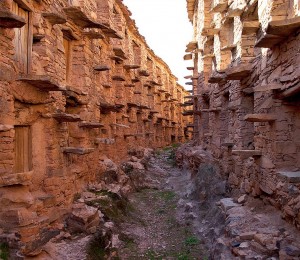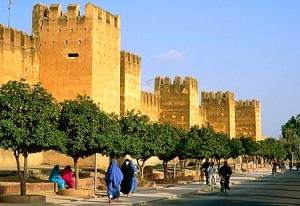The Other Agadir, Traditions of Berber Granaries, Your Morocco Tour Guide
Morocco is such a melting pot of cultures and identities. The Berbers (or Amazigh; plural: Imazighen, meaning “free men”) were Morocco’s indigenous peoples, settled in the north-western corner of Africa across modern-day Morocco, Mauritania, Algeria and beyond, long before the arrival of Arabs from the East in the 7th century….




